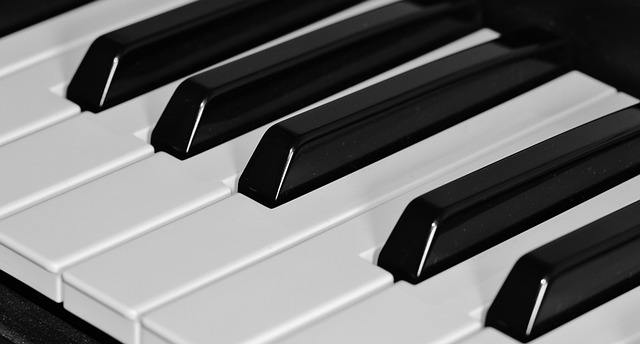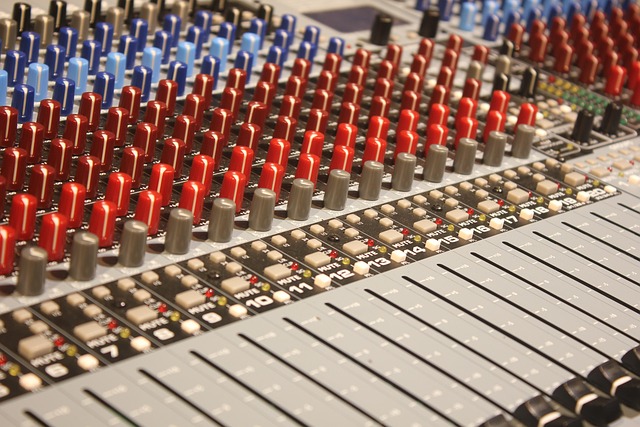As technology advances and our love for cinema evolves, the way we archive our audio recordings becomes increasingly important. Whether you’re an audiophile, a budding filmmaker, or simply someone who enjoys the thrill of a well-crafted audio-visual experience, understanding the nuances of archiving can transform your home cinema into a haven of preserved memories.
The Fundamental Role of Audio in Cinema
Audio is the ghost that dances through our memories of the movies we love. It’s in the whispers of suspense, the heart-pounding scores, and the laughter that fills the room during a comedic moment. In a home cinema, high-quality audio isn’t just a luxury—it’s essential. Proper archiving of audio recordings ensures that these sounds are preserved at their best quality, allowing future generations to experience the magic just as we did.
Setting Up Your Cinema Room for Optimal Archiving
Your cinema room is not merely a space; it’s a canvas for storytelling and emotion. To achieve the perfect archiving setup, consider the following:
- Acoustic Treatment: Enhance your room’s acoustics with sound-absorbing panels to minimize unwanted echo and balance sound. This makes your recordings clearer and more precise, which is vital when it comes to archiving.
- Quality Speakers: Invest in high-fidelity speakers that can accurately reproduce sound without distortion. This is crucial when converting audio to a digital format for archiving.
- Recording Software: Utilize top-notch software that allows for editing and compressing audio without losing quality. Formats like FLAC or WAV should be your go-to for lossless archiving.
The Art of Video and Audio Syncing
In the realm of audio recording, syncing your audio with video is an art form. A mismatch can ruin the immersion, and that’s why archiving these elements together is vital. When creating video content for your home cinema, use software that allows for precise syncing. This means that when you archive, you won’t just store the audio or the video separately, but as a cohesive unit that represents the original work in its entirety.
Long-Term Storage Solutions
Once you’ve recorded and mastered your audio, the next step is proper archiving. Consider the following storage methods:
- External Hard Drives: Invest in reliable external hard drives for sizable storage. Label them properly and maintain a catalog to ensure easy retrieval in the future.
- Cloud Storage: Utilize cloud-based solutions that offer redundancy and security. This way, your cherished recordings won’t be lost to hardware failures.
- Migration Strategy: As technology evolves, so should your archiving techniques. Regularly transfer your archives to maintain access and readability with newer formats.
Creating a Legacy Through Archives
Think of your home cinema and its audio recordings as a legacy. Every sound contributes to the memory of an experience, be it an animated movie night with family or an emotional indie film with friends. By ensuring these moments are archived correctly, you are preserving not just audio but the stories and emotions tied to it. This is the power of archiving—a chance for you and your loved ones to revisit and relive those unforgettable cinema experiences time and again.



